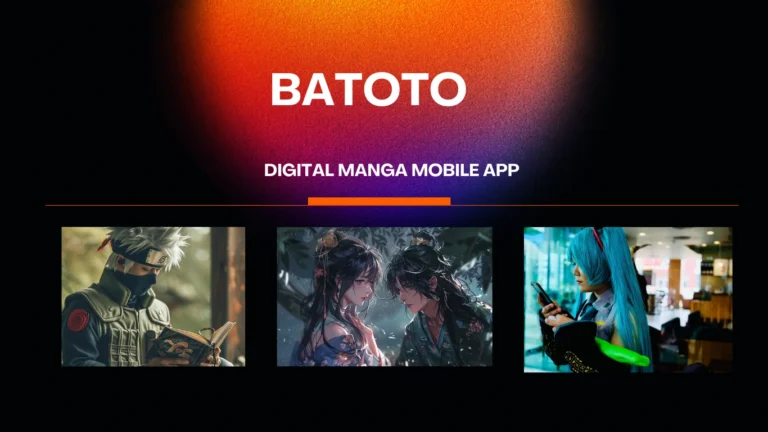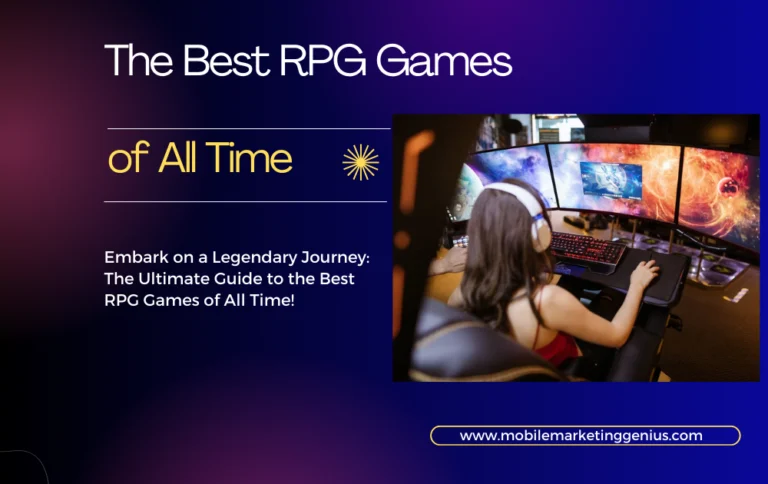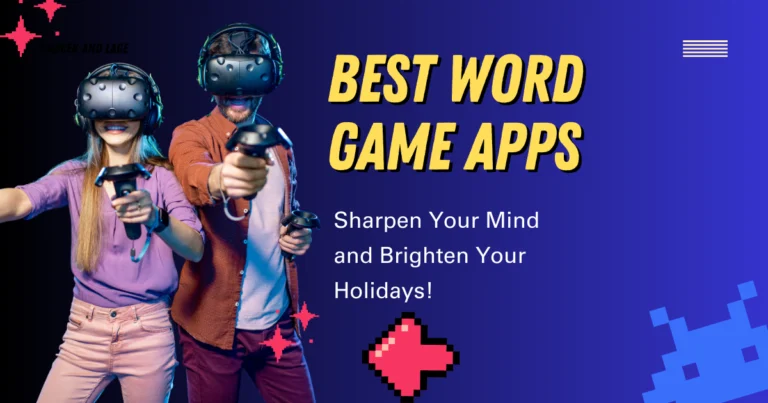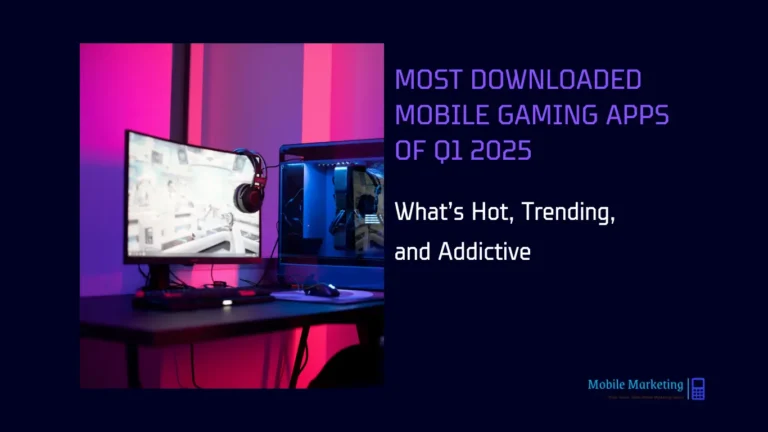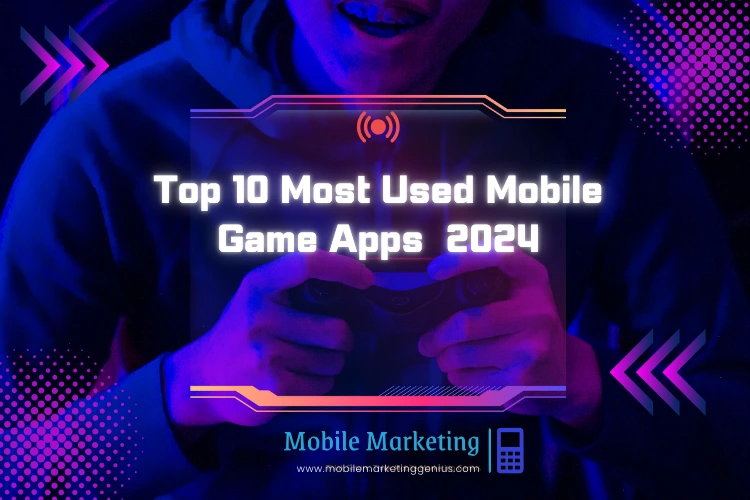Monopoly GO Gameplay: How Innovative Marketing Transformed a Classic into a Mobile Phenomenon
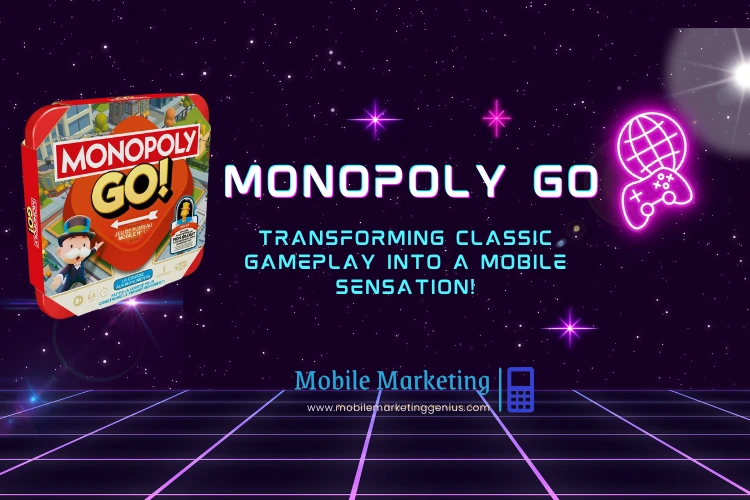
Monopoly has long been celebrated as a family favorite, with its strategic gameplay and iconic tokens becoming synonymous with fun and competition. For decades, the board game has brought players together to trade properties and build financial empires, earning its place as a global classic.
With the rise of mobile gaming, Monopoly has taken on a new form through Monopoly GO!, a mobile adaptation that retains the beloved elements of the original while introducing dynamic features for a digital audience. At the heart of its appeal is the engaging Monopoly GO gameplay, enhanced by features like multiplayer modes and enticing rewards such as Monopoly GO free dice.
This article explores the marketing strategies behind Monopoly GO!’s transformation into a mobile gaming phenomenon. From leveraging the appeal of its iconic gameplay to utilizing cutting-edge digital campaigns, Monopoly GO! sets a benchmark for revitalizing legacy brands in the digital era.
Table of Contents
The Evolution of Monopoly: From Board Game to Mobile Game
A. The Legacy of Monopoly
For nearly a century, Monopoly has stood as a timeless icon of strategy and competition. Its colorful board, strategic property trading, and chance-based mechanics have entertained millions worldwide. The game’s enduring appeal lies in its ability to create meaningful interactions, a quality that remains central to Monopoly GO on mobile.
What makes Monopoly a cultural phenomenon is its adaptability. Over the years, the game has been customized into themed editions and modernized for digital platforms, making it as relevant today as it was in the 20th century.
B. Introduction to Monopoly GO!
Monopoly GO! represents a seamless transition of the classic board game into the mobile gaming world. Its vibrant Monopoly GO gameplay reimagines the original with interactive animations, live multiplayer modes, and customizable tokens. Players can relive the nostalgia of rolling dice and buying properties, now enhanced with dynamic features that keep the experience fresh and exciting.
By merging familiarity with innovation, Monopoly GO! appeals to both long-time fans and younger audiences seeking engaging, quick mobile experiences.



Key Marketing Strategies Behind Monopoly GO!
A. Leveraging Brand Recognition
The enduring popularity of Monopoly gave Monopoly GO! a significant advantage when entering the mobile gaming market. Monopoly is a globally recognized brand, associated with family game nights, friendly competition, and timeless entertainment. Monopoly GO! effectively capitalized on this legacy, using the brand’s recognition as a cornerstone for its marketing efforts.
By incorporating familiar elements such as the racecar, dog, and top hat tokens, Monopoly GO! invoked a strong sense of nostalgia among players. The recognizable property trading mechanics and iconic board design were modernized but retained their core appeal. This strategic balance reassured long-time fans that their cherished gameplay experiences were preserved, while also enticing new players with a fresh and engaging mobile adaptation. The seamless integration of nostalgia within the Monopoly GO gameplay helped bridge generational gaps, making the game appealing to a wide audience.
B. Star-Powered Advertising
A standout element of Monopoly GO!’s marketing strategy was its use of celebrity endorsements. Featuring stars like Jason Momoa, Keke Palmer, Chris Pratt, and Will Ferrell, the marketing campaigns highlighted the exciting and interactive Monopoly GO player experience. These high-profile celebrities brought mass appeal, resonating with audiences across different demographics.
The advertisements emphasized the competitive and fun aspects of the game, often using humorous and relatable scenarios to demonstrate its engaging features. For example, celebrities were shown rolling virtual dice, trading properties, and competing with friends, which helped translate the game’s energy to potential players. This strategy not only increased visibility but also added an aspirational aspect to the game, making it more desirable to audiences unfamiliar with the original board game.
C. Engaging Digital Campaigns
Monopoly GO! excelled in crafting digital marketing campaigns that tapped into the power of social media. Platforms like TikTok, Instagram, and YouTube were instrumental in showcasing the dynamic nature of Monopoly GO interactive play. Short-form videos, behind-the-scenes clips, and animated teasers demonstrated the game’s vibrant features and multiplayer modes.
The game’s developers collaborated with influencers to reach niche audiences and younger demographics. Influencers created content that showcased their own gameplay experiences, blending entertainment with authenticity. Challenges and user-generated content campaigns further encouraged players to share their moments online, amplifying the game’s reach organically. These creative campaigns fostered a sense of excitement and curiosity, driving downloads and boosting player engagement.
D. Gamification of Marketing
Monopoly GO! extended its marketing reach through gamification, creating real-world connections with its in-game mechanics. Seasonal events, leaderboard competitions, and exclusive rewards incentivized player participation, encouraging users to engage with the game beyond casual play.
Limited-time promotions tied to marketing campaigns created urgency and excitement, while bonus rewards for completing challenges fostered loyalty among players. These strategies ensured that Monopoly GO gaming style remained fresh and engaging, keeping players invested in the long term.
Example: Monopoly GO effectively gamified its marketing by offering in-game rewards such as Monopoly GO free dice, keeping players engaged and incentivized to continue playing.
E. Targeting Key Demographics
Monopoly GO!’s marketing strategy was designed to appeal to a diverse audience. By focusing on mobile-first, quick, and accessible gameplay mechanics, the game resonated with Gen Z players who prioritize convenience and speed in their gaming experiences. Simultaneously, the nostalgic elements of the game, such as classic tokens and familiar rules, appealed to older players who grew up with the original board game.
This dual approach allowed Monopoly GO! to create a cross-generational appeal, ensuring that it remained relevant to both seasoned Monopoly fans and a new generation of mobile gamers. By understanding and catering to the preferences of its target demographics, Monopoly GO! achieved widespread success in the competitive mobile gaming market.
The combination of brand recognition, celebrity endorsements, innovative digital campaigns, gamification, and precise demographic targeting propelled Monopoly GO! to the forefront of mobile gaming, making its marketing strategies a model for other brands to follow.



The Role of Technology in Monopoly GO!’s Success
A. App Store Optimization (ASO)
App Store Optimization (ASO) played a critical role in ensuring Monopoly GO!’s visibility in a highly competitive mobile gaming market. Developers strategically optimized the app’s descriptions, titles, and keywords to highlight the interactive and engaging aspects of Monopoly GO gameplay. Phrases like “dynamic multiplayer experience” and “modern twist on a classic board game” were used to attract both nostalgic players and new audiences seeking innovative games.
Visuals were another key component of the ASO strategy. Eye-catching icons and high-quality screenshots showcased key features of the Monopoly GO gameplay, such as its animated game board, customizable tokens, and in-game rewards. These visuals provided a glimpse of the vibrant experience awaiting players, enticing them to download the app. Combined with positive user reviews and a strong app rating, this strategy ensured Monopoly GO! achieved maximum discoverability on app stores.
B. Data-Driven Marketing
Monopoly GO! utilized data analytics to understand its audience and optimize its marketing strategies. Developers tracked player behavior, identifying which aspects of Monopoly GO gaming dynamics were most popular, such as specific in-game events or multiplayer interactions.
This data was instrumental in designing targeted campaigns that catered to player preferences. For instance, analytics revealed the effectiveness of limited-time promotions, leading to more frequent implementation of these events. Additionally, personalized in-app offers were created based on user activity, encouraging engagement and in-app purchases. This data-driven approach allowed Monopoly GO! to adapt quickly, ensuring sustained player retention and satisfaction.
Analytics showed that in-game features like Monopoly GO free dice were highly popular, leading to campaigns that emphasized these rewards to attract and retain player.
C. Social Media Integration
Social media integration was a cornerstone of Monopoly GO!’s technological strategy. The game encouraged players to share achievements, such as leaderboard positions or property acquisitions, on platforms like Instagram and TikTok.
By showcasing progress in Monopoly GO gameplay, players organically promoted the game within their networks, amplifying its reach. Leaderboards and multiplayer competitions fostered a sense of community, further motivating players to share their experiences. Additionally, Monopoly GO!’s official social media channels actively engaged with players, sharing updates, tips, and user-generated content to maintain excitement and a loyal fan base.
Through ASO, analytics, and social media integration, Monopoly GO! leveraged technology to create a seamless and engaging experience that drove its widespread success.
Lessons from Monopoly GO!’s Marketing Strategy
A. Combining Nostalgia with Innovation
Monopoly GO!’s success lies in its ability to blend the nostalgia of a beloved board game with innovative features that appeal to modern audiences. By retaining classic elements such as the racecar, dog, and top hat tokens, as well as the familiar property-trading mechanics, the game evoked a sense of familiarity and comfort among players who grew up playing Monopoly.
At the same time, Monopoly GO gameplay introduced dynamic new features, such as vibrant animations, multiplayer modes, and customizable tokens, that redefined the classic experience for the mobile gaming world. This seamless fusion of old and new enabled the game to transcend generational boundaries, appealing to both long-time fans and younger players. The lesson here for brands is clear: evolution doesn’t have to mean abandoning the past. Instead, embracing heritage while innovating for the future can lead to broader appeal and sustained relevance.
B. The Power of Celebrity and Influencer Marketing
Monopoly GO! demonstrated how celebrity endorsements and influencer collaborations can significantly amplify a brand’s visibility. Featuring stars like Jason Momoa and Keke Palmer, Monopoly GO!’s marketing campaigns emphasized the fun and interactive aspects of Monopoly GO gameplay, creating excitement and intrigue among diverse audiences.
Celebrity endorsements brought credibility and mass appeal, while influencers showcased authentic gameplay experiences, resonating particularly with younger, tech-savvy audiences. These partnerships highlighted the accessibility and entertainment value of Monopoly GO!, proving that strategic collaborations can drive engagement and build trust in a competitive market.
C. Building Community Around the Game
Monopoly GO! excelled at fostering a sense of community through features like leaderboards, multiplayer competitions, and social sharing. These elements encouraged players to connect with friends and compete with others, building loyalty around Monopoly GO gameplay.
Social media integration further strengthened this community, allowing players to share their achievements and progress online. The active engagement between players and the game’s official channels created a vibrant ecosystem, ensuring sustained player interest. For brands, this underscores the importance of creating platforms where users can connect, share, and engage with the product on a deeper level.
Community-driven events often included bonuses like free monopoly go dice, encouraging players to share achievements and return for more rewards.
Monopoly GO!’s marketing strategies provide a blueprint for blending tradition with modernity, leveraging influence, and building thriving communities to drive success.
Challenges and Criticism
A. Overcoming Skepticism
When Monopoly GO! was introduced, it faced significant skepticism from fans and critics alike. Many questioned whether the essence of the classic board game, cherished for its social and strategic interactions, could be effectively translated into a mobile format. Concerns revolved around losing the tactile experience of rolling dice, moving tokens, and trading properties in favor of digital convenience.
To address these doubts, the developers focused on creating immersive and intuitive Monopoly GO gameplay that remained faithful to the spirit of the original game. Iconic elements, such as the familiar tokens and property-trading mechanics, were retained to evoke nostalgia. At the same time, the game introduced dynamic features, including vibrant animations, multiplayer modes, and interactive events, which enhanced engagement and brought the Monopoly experience into the digital age. By blending the familiar with the innovative, Monopoly successfully bridged the gap between tradition and modern gaming expectations, overcoming initial skepticism and winning over fans.
B. Balancing Monetization and User Experience
Monetization is often a contentious issue in mobile gaming, with excessive in-app purchases and intrusive ads potentially alienating players. Monopoly managed to strike a delicate balance by integrating monetization elements without compromising the player experience.
Optional in-app purchases, such as cosmetic upgrades and power-ups, allowed players to enhance their gameplay without feeling pressured to spend money. Ads were strategically placed to avoid disrupting the flow of the gameplay, ensuring that they did not frustrate users. Moreover, the inclusion of free events, daily rewards, and engaging challenges kept players engaged and rewarded, reducing the reliance on paid elements.
By offering optional in-app purchases alongside free rewards like free dice Monopoly Go, the game maintained a balance between monetization and player satisfaction.
This thoughtful approach ensured that Monopoly GO! remained accessible and enjoyable for all players, whether they chose to spend money or not, solidifying its reputation as a well-rounded and player-focused game.
Conclusion
The evolution of Monopoly GO gameplay from a beloved board game tradition to a mobile gaming sensation is a testament to how innovative marketing and technology can transform legacy brands. By preserving the core elements that made Monopoly iconic, such as its strategic gameplay and familiar tokens, while integrating modern features like interactive animations, multiplayer modes, and engaging in-game events, it has successfully redefined how classic games are experienced in the digital era.
One of the key factors behind this transformation has been the seamless blend of nostalgia and innovation. Monopoly tapped into the emotional connection players have with the original board game while introducing fresh features tailored to the expectations of today’s mobile gamers. This balance not only attracted long-time fans but also captured the interest of new, younger audiences, showcasing how legacy brands can remain relevant in a rapidly evolving market.
Moreover, the game’s strategic marketing efforts, from celebrity endorsements to engaging social media campaigns, amplified its reach and appeal. The result is a game that resonates across generations, fostering a sense of community and connection among players worldwide.
Monopoly GO! serves as a masterclass in leveraging nostalgia, technology, and creativity to revitalize a classic brand. It demonstrates that with the right approach, even the most traditional products can find renewed success in the digital age, setting a benchmark for future innovations in mobile gaming.


